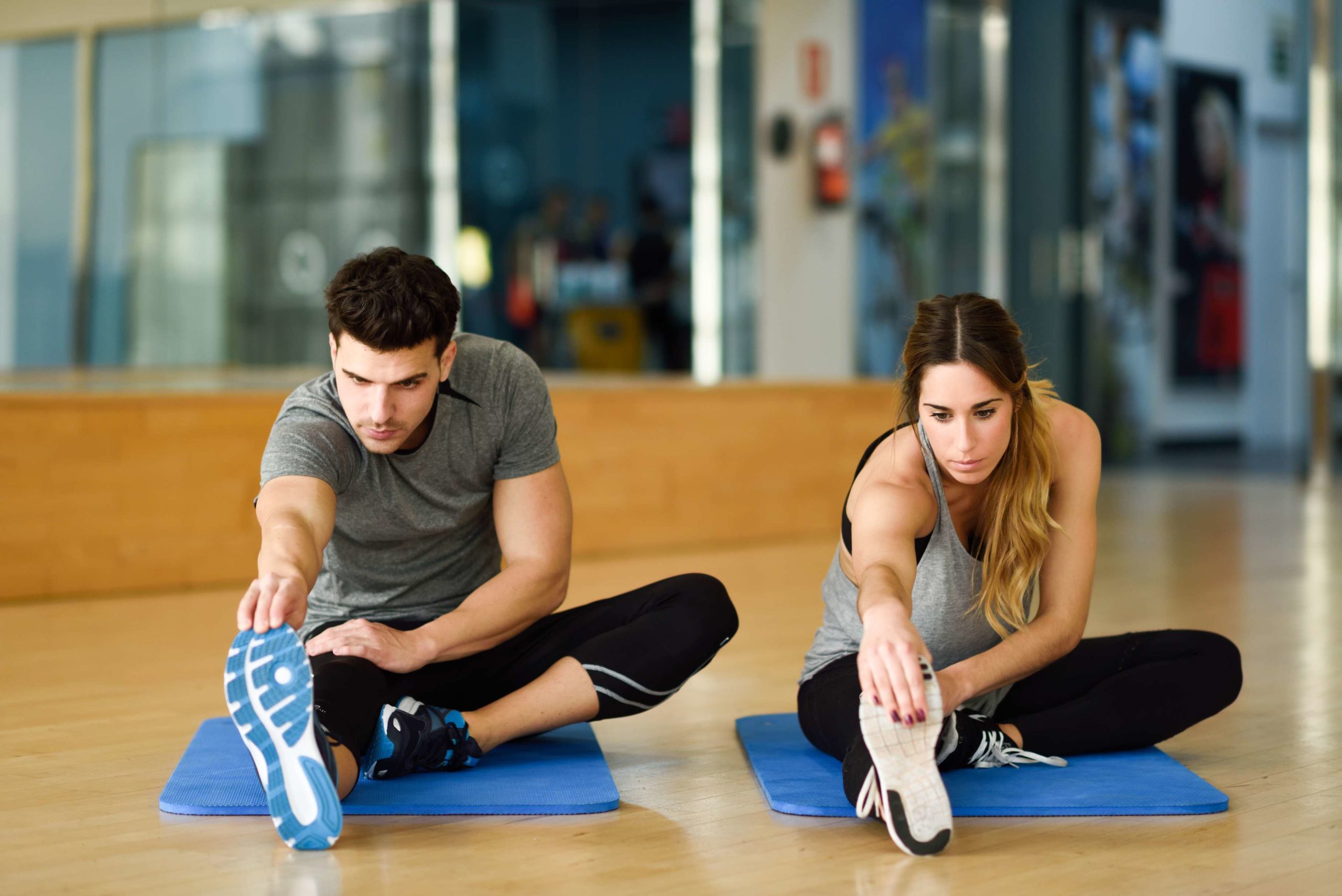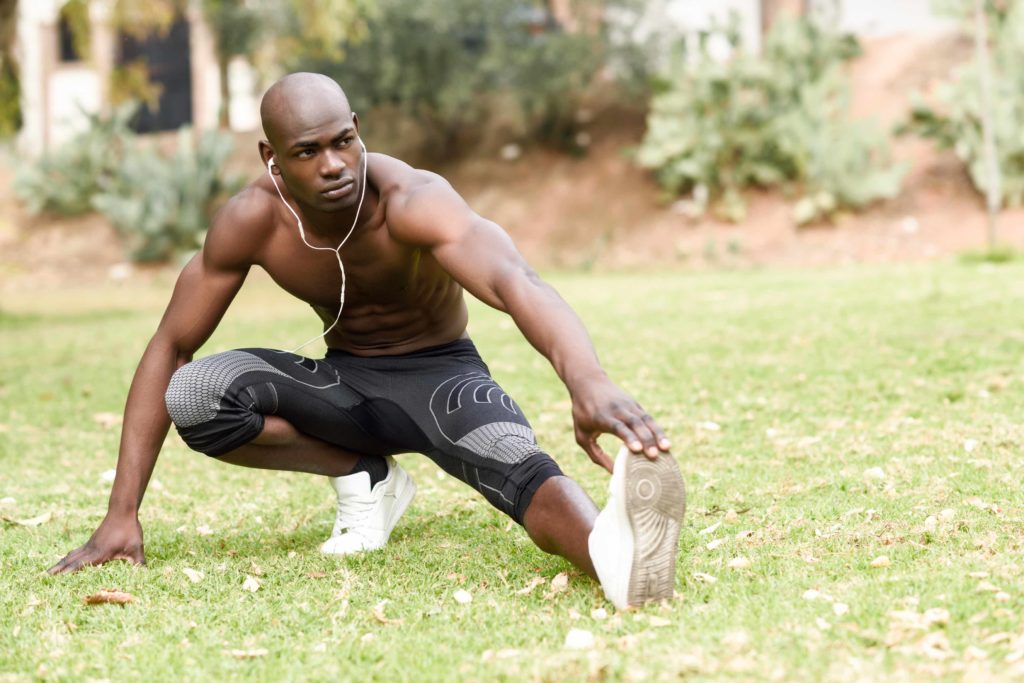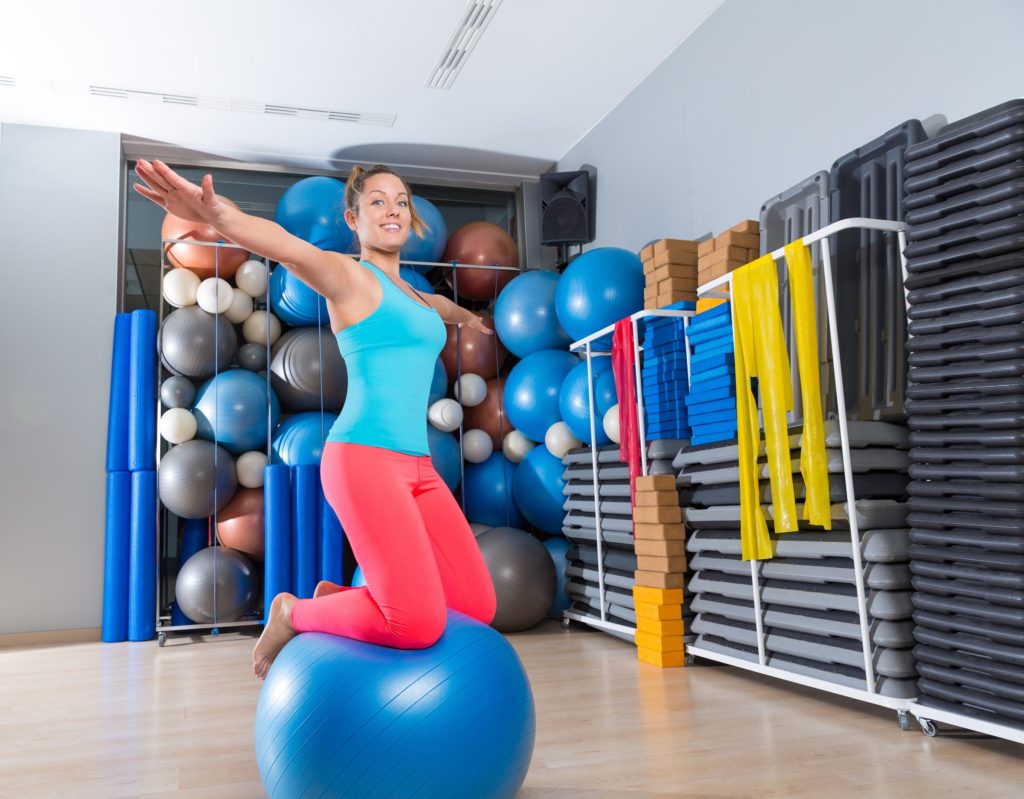Stretching has been overrated for decades

Before, after and best of all in between. Hardly any athlete who hasn’t spent many hours of stretching in recent decades. Often wasted time, as a study by the University of Jena has shown. Stretching has been completely overestimated and can even reduce performance. Other methods are much better.
No scientific studies so far
The success story of stretching began 30 years ago. The message seemed obvious: muscles contract and shorten during use – unless we stretch them regularly. Stretching relaxes, improves coordination, protects against injuries and increases performance – so we thought. The problem was that there was no scientific proof of this. Until the University of Jena finally took a closer look at the subject of stretching.
The first study about stretching
- The scientists interviewed 139 football players (professional and junior) about their training.
- They want to find out which methods the athletes use to prevent injuries.
- 91 percent of the athletes interviewed said that they perform a stretching program before each training session and before each game.
- They do this because they are convinced that they can prevent injuries.
- Then the scientists examined the players’ health data in detail.

No positive effect through stretching
Also, the scientists of the University of Jena could not find any scientific proof for a positive effect of stretching. On the contrary, if you stretch before a workout or competition, you have to reckon with a loss of performance. Especially the jumping and sprinting performance suffer clearly and measurably.
The best alternative to stretching
Fortunately, there is a good alternative: a so-called sensorimotor training. With jumping, balance and stabilization exercises you can prevent injuries and increase your performance. This is especially true for athletes who have been injured who are working on their comeback. So, let’s take a closer look at sensorimotor training:
- A sensorimotor training is a coordinative training for the improvement of movement sequences.
- It serves to improve the coordination of all muscles involved in a movement (intramuscular coordination) and better coordination within a muscle (intramuscular coordination).
- One is then able to perform the same performance with less energy.
- The proprioceptors play a special role here. These are receptors in joints and muscles that inform the brain at any time about the current position of the joint.

So you can train
Meanwhile, you have numerous good possibilities for sensorimotor or proprioceptive training. Exercises on an unstable surface are particularly effective. Special foam mats are ideal. For beginners, a large folded towel is sufficient. On these unstable surfaces, both- and one-legged exercises pose a particular challenge for muscles, tendons, ligaments, and joints. This is because nerves and muscles have to react with lightning speed to every movement in order to maintain balance and stabilize the body.
- Coordination improves and you can reach the deep muscles in the back that cannot be activated with conventional strength training.
- The so-called autochthonous muscles are independent of the will and they constantly balance our body without us noticing it.
Do not completely renounce stretching
Finally, a word about stretching: It can definitely improve mobility by increasing the length of the muscles. This is important in gymnastics, rhythmic gymnastics or figure skating. But the situation is different with fast strength or strength endurance performances, as the scientists could impressively prove: Here, stretching reduces performance abilities.
A few last tips
Runners, cyclists, soccer players, strength athletes, and bodybuilders do not have to stretch. For them, it is recommended to warm up sufficiently and to carry out typical sports movements with less intensity.